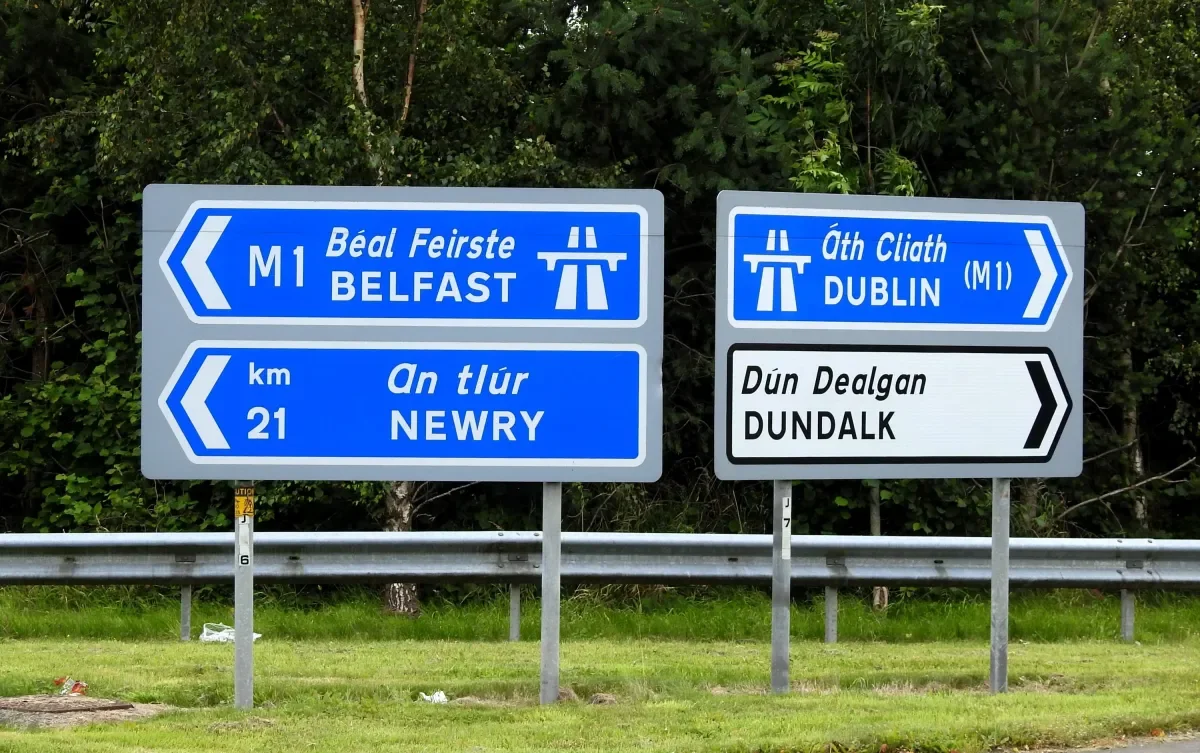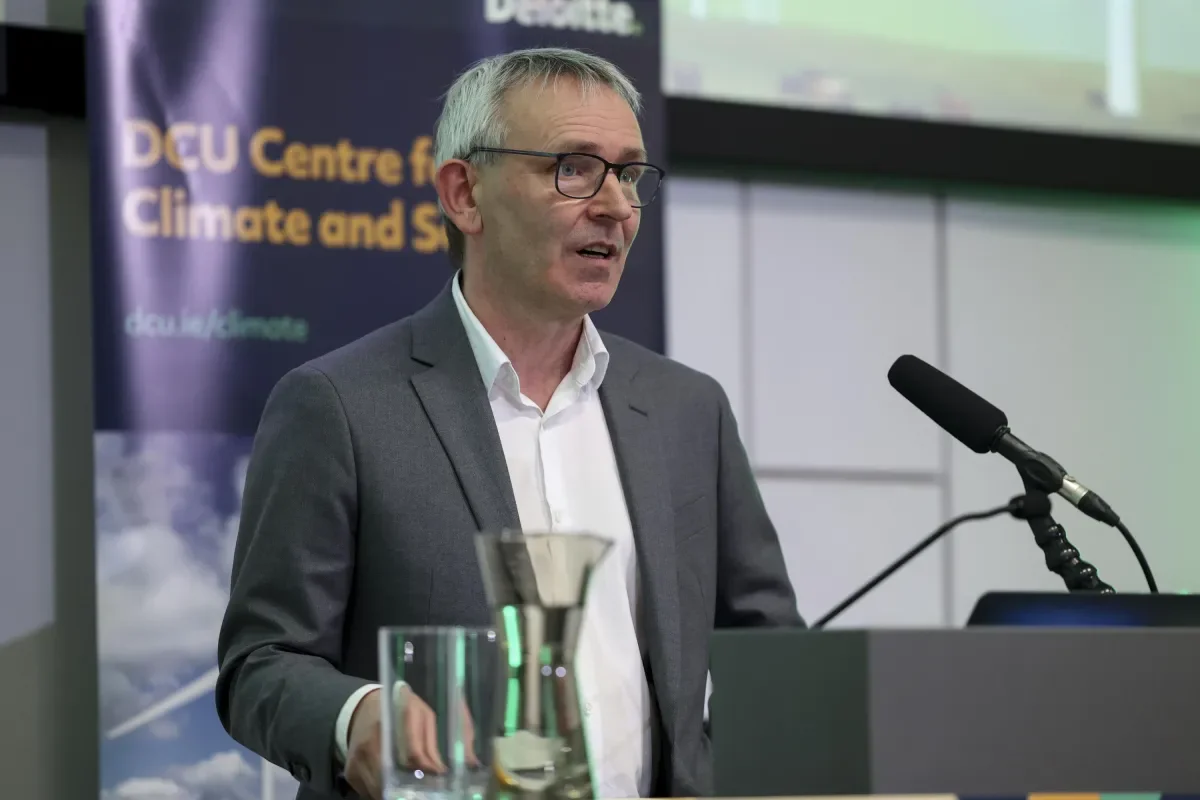

Year one cost of a United Ireland at €3b, reaching break-even within nine years says DCU and UU report
The deficit in public finances would last between 5 and 9 years, depending on economic growth, gradually declining over that time. For context, the current tax/PRSI revenues are approximately €138b pa in the Republic of Ireland and €26b pa in Northern Ireland. Read the full report here.
In addition the report finds that:
- Breaking down key financial issues such as pensions, debt, defence spending, UK central costs and taxation, the report finds that the cost of the subvention which will transfer to a United Ireland will be £1.5 billion, much lower than the often quoted £10 billion to £14 billion figure.
- Depending on growth NI would end its need for a subvention in five to nine years.
- The report recommends that public spending in Northern Ireland should increase by one billion euros per annum to deal with necessary investment in a range of areas
- Equalising public sector wages would cost an extra €152 million per annum, each year over 15 years
- The transfer of public sector and state pensions would cost an additional €115 million per annum, over 40 years.
- If Northern Ireland replicates growth of the best Eastern European economies between 2000 and 2023, its (Gross National Income) GNI* would reach the same level as the Republic in 25 years, but the fiscal deficit would end in year five.

The report is the first peer-reviewed report to calculate the cost of unity over the first ten years which takes account not only of the subvention, but necessary investment and gradual economic convergence with the rest of the island.
The study models three different economic growth scenarios under which convergence with the South would take place, factoring in the remaining subvention and a recommended additional £1 billion in public spending to deal with needs in health education, welfare and infrastructure. It also includes a gradual equalisation of public sector wages and a gradual transfer of pension cost in the calculation.
The report recommends that public spending in Northern Ireland should increase by one billion euros pa to deal with necessary investment in health, education, welfare and infrastructure, and that this additional spending should be maintained (as a minimum) for ten years.
Public sector wages in the Republic are on average 48% higher than those in Northern Ireland – impacting 29% of the entire NI labour force. If wages were equalised over 15 years (as an example), this would cost an extra €152m pa, rising by that amount every year for 15 years.
The cost of public sector employment-based pensions would gradually transfer to a United Ireland, based on the number of years a person paid tax / pension contributions to the UK or Ireland – following the existing practice and the precedents of the new post Brexit agreement between Ireland and the UK, and also the EU-UK withdrawal agreement. The cost to a United Ireland would rise on average by €115m pa.
The report then looks at three scenarios for the likely economic convergence with the South – once the same tax, education, investment and FDI policies are in place. This follows the actual experience of Central European economies from 2000 to 2023:
- The best Eastern European economies grew by 3% pa faster, on average, than Western Europe between 2000 and 2023. If NI achieves this type of growth, after unity, its GNI would reach parity with the existing Republic in about 25 years, but it would no longer need a “subvention” by year five, and would run a fiscal surplus of over €5.5b pa by year ten of a united Ireland, or have those resources available for improved public services and investment.
- At a medium level of growth, compared to Central Europe (2% pa above NI’s recent experience), GNI convergence would take 40 years, but the fiscal deficit would end by year six, and by year ten Northern Ireland would be contributing an annual surplus of €2.9b pa to a united Ireland budget or investing in public services.
- At the lowest levels of growth compared to Central Europe, Northern Ireland would have a gradually reducing deficit in its public finances, reaching break-even in year nine.
Economic growth in the Republic averaged 3.2% pa from 2000 to 2024, whereas growth in Northern Ireland averaged just 1.3% over the same time. Convergence with the South would therefore be likely to see a significant increase in economic growth.
Report author Professor John Doyle, Vice President for Research in Dublin City University said:
“Much commentary on the Northern Ireland subvention, fails to look at the detail of how it is constructed. It also fails to factor in growth. With the same set of policies on education, infrastructure, tax and Foreign Direct Investment, there is no obvious reason why Northern Ireland would remain so much poorer and so much less economically productive that, for example Munster. Convergence with the more productive and wealthier Southern economy will take time, but the deficit will close much more quickly. An annual borrowing requirement of just over three quarters of one per cent of the GNI of a united Ireland, to cover a deficit for between 5 and 9 years, or an increase in taxation revenues (based on economic growth or tax changes) of 1.8% above current combined revenue levels, or the creation of a future fund for unity at this scale is certainly affordable for the economy of a united Ireland.”
Project lead from Ulster University Economic Policy Centre Dr Eoin Magennis of the UUEPC said
“A key element of any debate about the Northern Ireland subvention or indeed investment in public services is how the NI economy can be shifted onto a higher growth trajectory with not only more jobs but better ones, and a significant improvement in productivity. This paper sets out the ambitious level of growth needed to close gaps in public finances but also the time that will be needed to produce such a necessary convergence. These scenarios offer a guide as to where we might get to. How to do that – through improving educational outcomes in NI or adopting different infrastructural choices – will mean a fresh set of choices needing to be made.”
